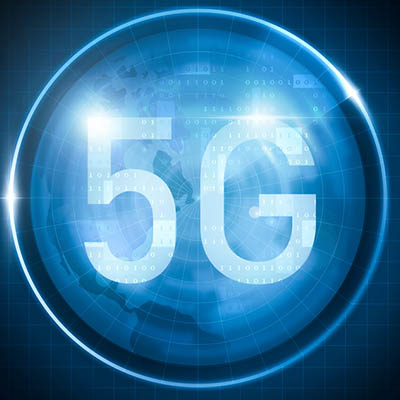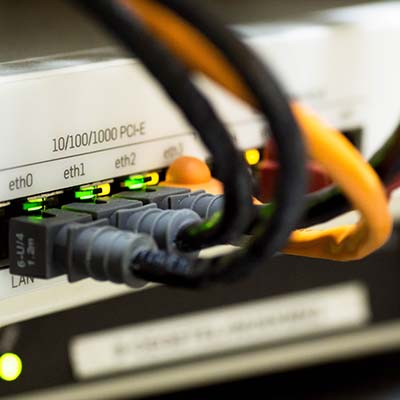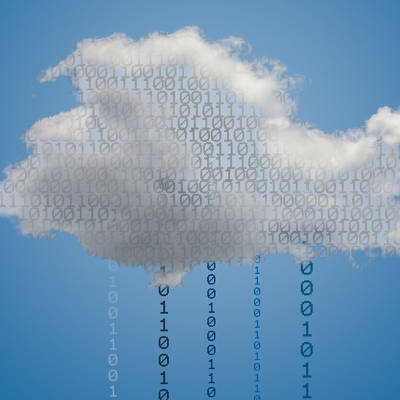
As the technology that businesses have available to them develops, so does the propensity for this technology to be used unethically. This has become especially apparent where data collection is concerned, and what that data is used for after it has been collected. How can you keep operations moving both productively, and ethically?
Collection Concerns
Data collection is one of the current big concerns in technology. With another newsworthy data breach practically every other day, companies that accumulate data for seemingly little reason effectively put their clients and customers at a greater risk of having this data stolen. Reflecting upon this, it is no wonder that 75 percent of consumers are concerned about brands keeping track of their browsing habits.
Facebook has been the focus of some negative attention in past months thanks to these concerns. In addition to the Cambridge Analytica situation, Facebook has adopted artificial intelligence technologies to analyze their users. This analysis is used to predict future behaviors, these insights being sold to advertisers. While this brings up many legitimate concerns about data privacy, it also introduces a different topic: the need for a code of ethics surrounding the use of collected data, as well as how much data is collected.
Why This Is a Real Issue
It should come as no surprise that businesses and individuals have different priorities, and that these different priorities shape their ethics in different ways. Likewise, the primary purpose of any business is to generate revenue through profit. Therefore, it only makes sense that a business as a unit would have the motivation to collect as much data as they can – after all, the more data available, the more insights that could be presumably be gleaned, and the more successful the business would be… in theory.
However, as mentioned above, many businesses seem to collect as much data as they can just so they can have it. This is not a great approach for them to take for a few reasons. Most obviously, because it just enables more data to be compromised if a breach was to occur.
Without the guidance of a code of ethics leading your business decisions, the likelihood of risking your clients’ data for the sake of advancement – be it more insight, improved automation and artificial intelligence, or another business goal – becomes much higher.
Enforcing Ethics
In order to create a workplace that is in alignment with your determined ethics, you need to make sure of two things. One, that you clearly establish and share them within your business so that your employees are on the same page as you are, and two, that you stand by these ethics.
To accomplish this, learning your company’s ethics should be a part of an employee’s onboarding process, with a written document leaving no questions as to what will and won’t be tolerated. Then, you need to make sure that you not only listen when ethical violations are reported, but also allow those reporting them to remain anonymous.
What would be the most important aspect of your policy for employees to follow? Share it in the comments!








